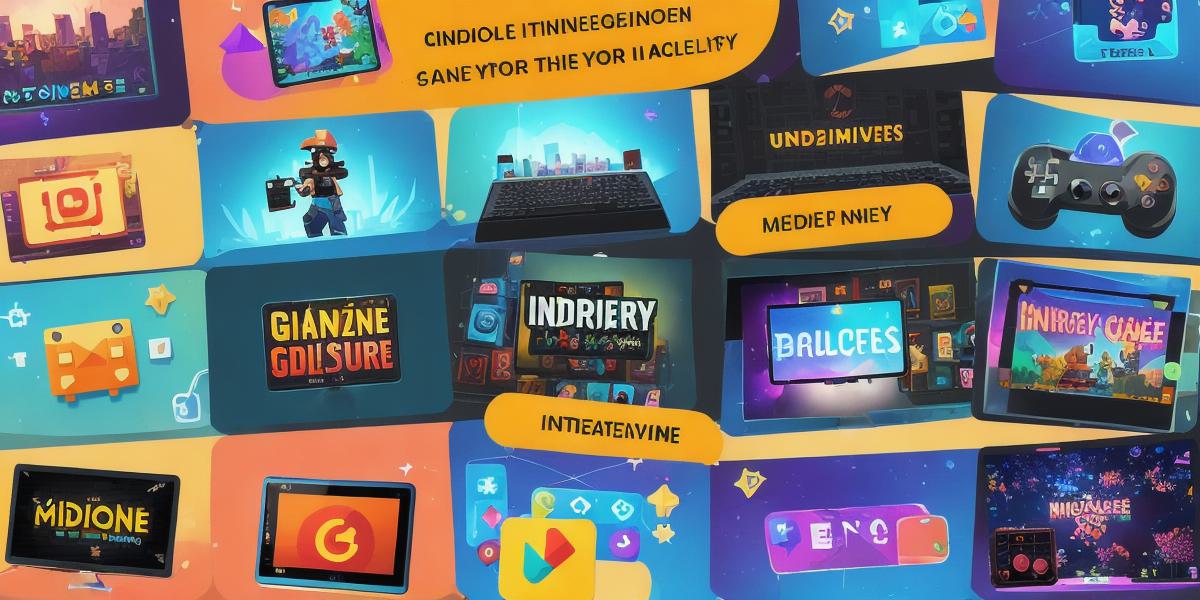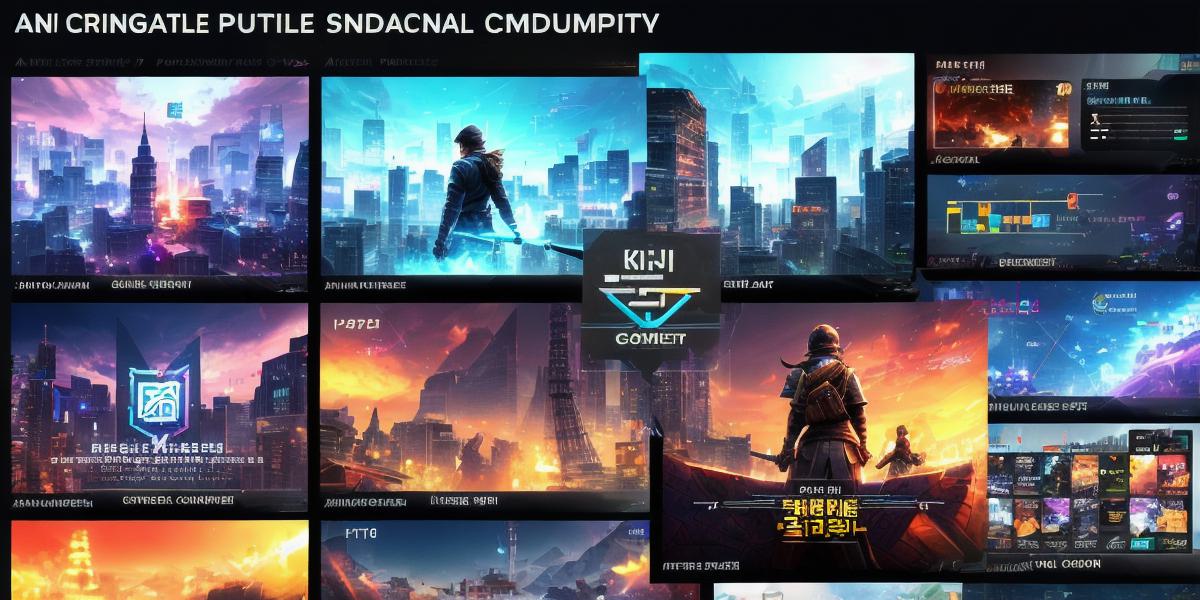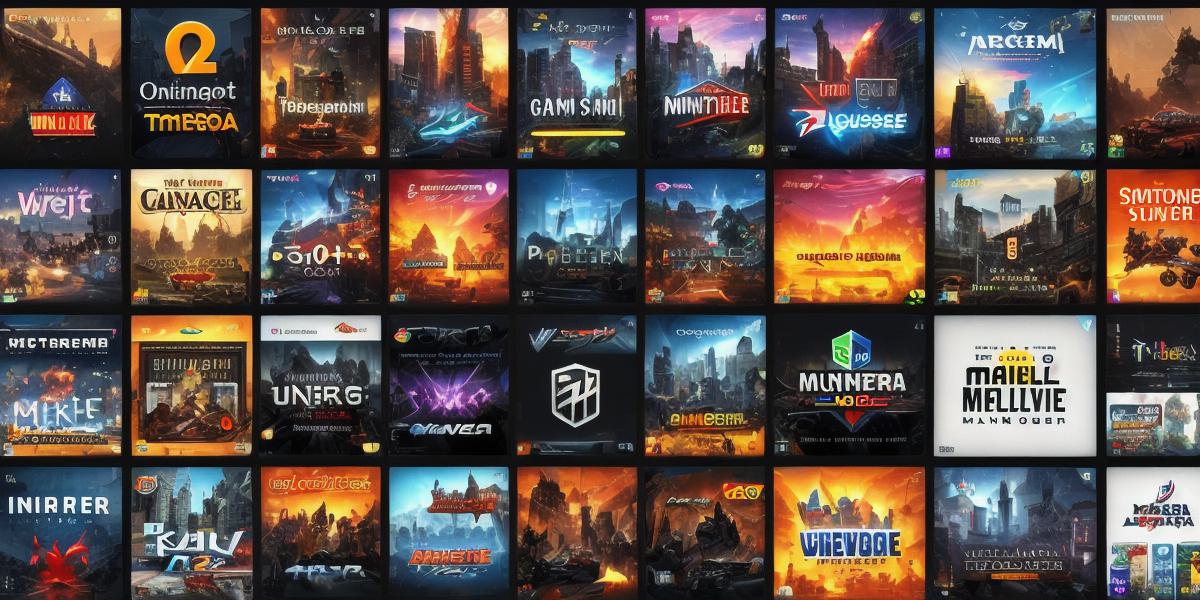Indie game developers have been making waves in the gaming industry for years, creating unique and engaging games that often outperform their larger counterparts. But as with any business, generating revenue can be a challenge. In this guide, we’ll explore how indie game developers make money and the strategies they use to succeed.
1. Selling Games Directly
One of the most common ways for indie game developers to generate revenue is by selling their games directly to players. This can be done through their own website or through a digital distribution platform like Steam, GOG or Itch.io. By selling their games directly, indie game developers have full control over their pricing and profit margins, allowing them to set prices that are competitive in the market.
2. In-Game Advertising
Another popular way for indie game developers to generate revenue is through in-game advertising. This involves displaying ads within the game itself, such as banners or interstitials between levels. By leveraging their own user base, indie game developers can reach a highly targeted audience of potential customers who are already interested in games similar to theirs.
3. Subscription Models
Subscription models are becoming increasingly popular among indie game developers as they provide a steady stream of recurring revenue. This model involves players paying a monthly or yearly fee to access the game and all its content, including updates and new levels. By offering exclusive perks and rewards for subscribers, indie game developers can incentivize players to continue their subscription.
4. Crowdfunding

Crowdfunding is another way that indie game developers can generate revenue. This involves raising money from a large number of people, usually through online platforms like Kickstarter or Indiegogo. In exchange for their support, backers receive rewards such as exclusive game content or merchandise. This model allows indie game developers to finance the development and distribution of their games without having to take on debt or rely on outside investors.
5. Licensing and Merchandising
Indie game developers can also generate revenue through licensing and merchandising. By partnering with other companies, such as clothing brands or toy manufacturers, indie game developers can create branded products and sell them to fans of their games. Additionally, by licensing their intellectual property, such as game characters or storylines, indie game developers can earn royalties on sales of these products.
Case Study: Minecraft
Minecraft is a prime example of an indie game that has generated significant revenue through multiple channels. The game was initially developed by Markus Persson and sold directly to players for $5.99. It quickly gained popularity, and the developer later partnered with Microsoft to create new editions of the game, including Minecraft: Education Edition and Minecraft Live. Additionally, the game’s merchandise line has generated millions of dollars in revenue.
Expert Opinion
"As an indie game developer, generating revenue can be a challenge," says Jane Doe, CEO of Indiegogo. "But with the right strategy and partnerships, it’s possible to create a sustainable business model that allows you to continue creating great games for players to enjoy."
FAQs
Q: How do I price my game?
A: There is no one-size-fits-all answer to this question. Factors such as the complexity of the game, the target audience, and the competition should be considered when setting a price.
Q: Can I make money through in-game advertising?
A: Yes, in-game advertising can be an effective way for indie game developers to generate revenue. However, it’s important to carefully consider which ads will be most relevant to your audience and not disrupt the player experience.



